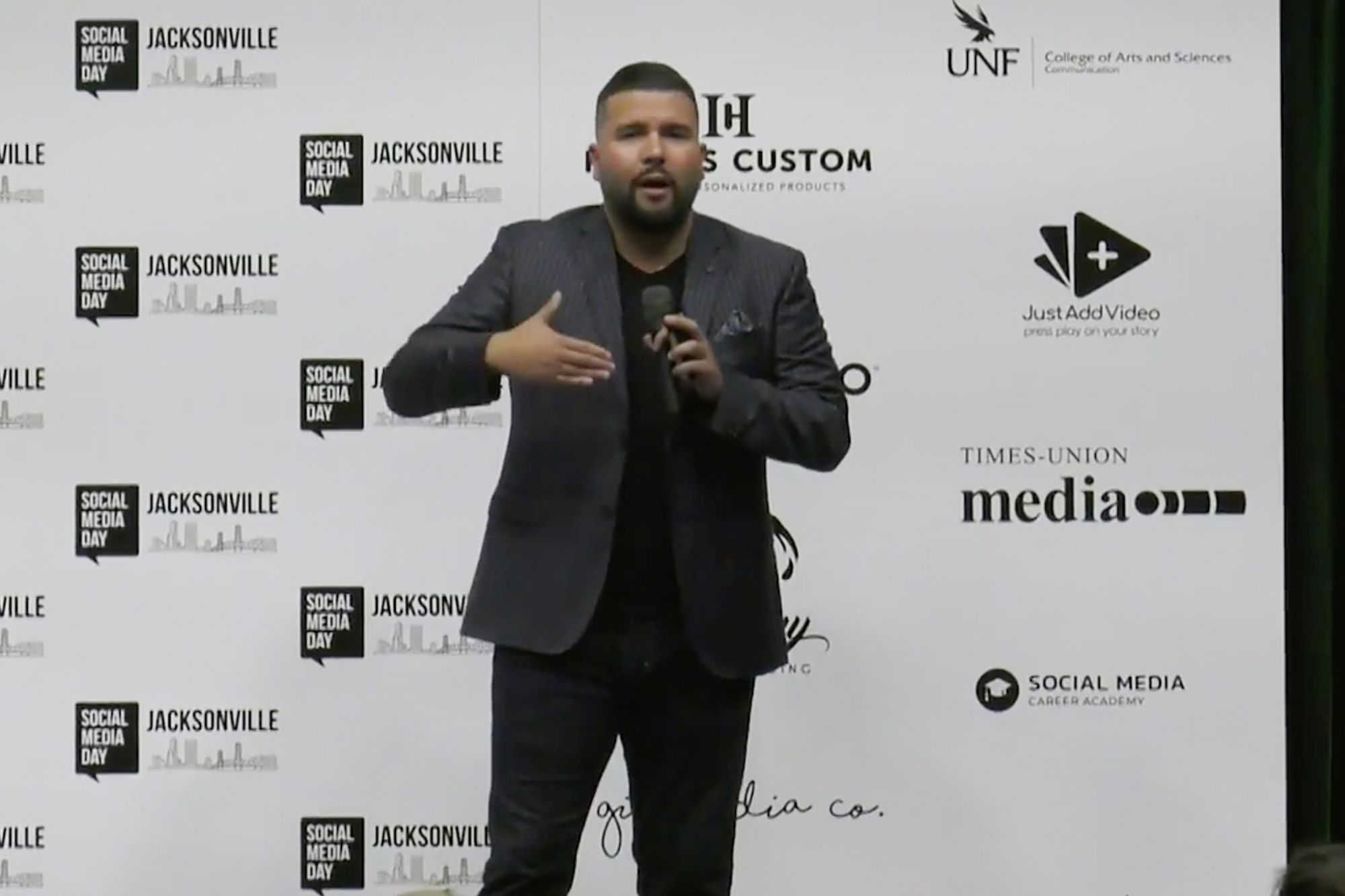With no college degree or social network to fall back on, I joined LinkedIn per the recommendation of my mother who is a real estate broker and had been using the relatively new social media network at the time to network with professionals in human resources who would send my parents warm leads. Ironically, seven years later I went to work for LinkedIn as an employee but not before spending countless hours and sleepless nights scouring the world’s largest professional network for potential customers, which I would then follow and engage with on Twitter and Facebook. First, identify who you want to do business with. Then, find that person on LinkedIn and invite them to connect. There are real business opportunities right in front of you on Twitter and on Instagram, but it begins with running a search for either the places where your potential customers are checking in or the hashtags they are using related to your service. While the next move may not be a popular one -- business is business -- go to your competitors' Twitter and Instagram accounts and see who they are tweeting to, posting about and most importantly who they’re tagging and who is liking their content. Today, every major conference or trade show has an event #hashtag that you can follow on Twitter and Instagram. What you’ll want to do is engage with the attendees who are actively posting content. Groups such as Social Media Masterminds are have become VIP communities for industry professionals to come together and network. The key to getting the most out of groups is to participate in group discussions, post content that’s of value to its members and have your notifications set to "on" so you will be one of the first to get notified whenever there’s a new post.
Opinions expressed by Entrepreneur contributors are their own.
In November 2008, I was laid off from my job in the financial services industry due to the recession.
With no college degree or social network to fall back on, I joined LinkedIn per the recommendation of my mother who is a real estate broker and had been using the relatively new social media network at the time to network with professionals in human resources who would send my parents warm leads.
Ironically, seven years later I went to work for LinkedIn as an employee but not before spending countless hours and sleepless nights scouring the world’s largest professional network for potential customers, which I would then follow and engage with on Twitter and Facebook.
As a young entrepreneur in my early 20s, I quickly learned how to code my job board startup website and organize community events (which I then pitched to media outlets), and built the foundation of a social network.
However, I made no money in my first year — none.
When you don’t have a marketing budget, you will force yourself to learn marketing even if you’re not a “marketer” by trade.
Today, social media has become a large part of our everyday lives — and there are more resources — however the game of “social selling” is relatively the same as it was back in 2008. First, identify who you want to do business with. Then, find that person on LinkedIn and invite them to connect. Next, search for them everywhere online and keep an eye out for what they post. Last, casually engage without selling them anything so that person becomes familiar with seeing your face in his or her notifications and newsfeed.
Repeat, repeat, repeat.
But, it gets better — and more natural.
As the opening keynote speaker at Social Media Day Jacksonville 2018, seen in the video above, I shared with the audience that the most significant competitive advantage every business has today is the opportunity to listen to what is said about their company, their competition and industry.
Most companies, if not all, are focusing the majority of their efforts on pushing out content but they’re ignoring what’s being said by potential buyers of their products and services because they don’t have the right number of employees in place or they don’t know how to read through the noises.
If you want to know how to tap into social listening to find your next customer and outwork your competition, below are five tips for social media success:
1. Hashtag searches
I work with, and speak to, a lot of entrepreneurs…

COMMENTS